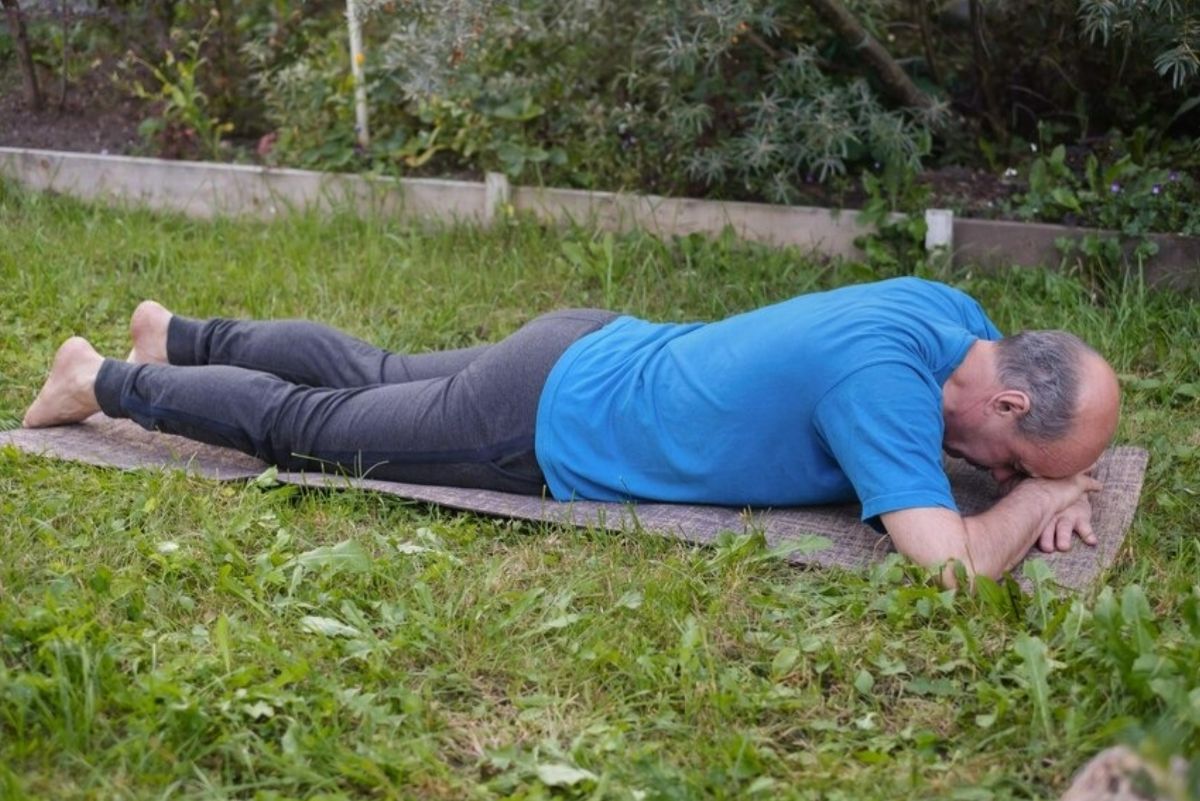
Alzheimers disease is the most common cause of dementia that affects about 5-6% of people in the age group of 65-70 years in India. Research reveals that as the population of India ages, the number of people with dementia and Alzheimer’s disease is set to go up to 7.6 million by 2030. While no cure for the disease is yet available, yoga can play a significant role in the prevention and improvement of symptoms in patients. The age-old practice can also enhance the quality of life of both patients and caregivers.
The major benefit with the practice of yoga is that it diminishes stress which can be a highly concerning factor for Alzheimer’s patients. Stress can cause inflammation in the central nervous system and body, hormone dysregulation, over-arousal of the sympathetic nervous system and compromised quality of life. However, with the regular practice of yoga, patients with Alzheimer’s can reduce stress and inflammatory factors that can help them cope more effectively with the body’s stress response.
How Yoga can make a Difference in Alzheimer’s Patients Lives?
Alzheimer’s is a progressive disease that causes the brain cells to die and the brain to shrink. Yoga can help stimulate neuroplasticity of the brain or help it to recover from injuries and form newer connections by engaging its different parts based on the components of practice like pranayama, postures, chanting, visualization and concentration.
In fact, a study published in the International Journal of Environmental Research and Public Health in 2018 concluded that yoga may be an effective and safe intervention to enhance cognitive function in people aged 60 years or older. Other studies have also revealed that yoga practice which involves postures, meditative exercises and pranayama can lead to improved attention and information processing abilities among people.
Yoga for Alzheimer’s Patients
- Paschimottanasana: Paschimottanasana is a seated forward bend pose that stretches the hamstrings and back muscles by folding the upper body forward over the legs. The pose offers loads of benefits, especially for those suffering from high blood pressure and diabetes. One of its biggest health benefits is that it calms the body and relaxes the mind. It also helps in proper blood circulation thereby relaxing the mind and reducing insomnia, depression and anxiety.
- Vajrasana: It is the optimal position for blood circulation to flow to the digestive organs, and this gets them functioning effectively. Sitting in vajrasana for long periods of time can have emotional and spiritual benefits and can help keep the mind stable. It also helps the body and the mind get into a meditative state. The regular practice of this pose helps in the prevention and treatment of psychological disorders, hypertension and stress.
- Vrikshasana: Since vrikshasana is primarily a balancing pose, it aids in improving balance both physical and emotional. When practised on a regular basis, it creates a sense of calm and equilibrium. Apart from its physical benefits like building hip and leg strength, vrikshasana creates a sense of balance within the body. It also translates into mental wellbeing, building focus and concentration. Other than that, it also helps stabilise the nervous system, making it functional to an optimum. Besides its qualities of enabling mental performance, the pose is also good for self-esteem and to keep depression and mood swings at bay.
- Ujjayi Pranayama: In Ujjayi pranayam, practitioners contract the glottis and breathe through the throat. It leads to subtle mental states and can be practised in conjunction with bandhas and meditation. It tends to soothe the nervous system, calm the mind and increase psychic sensitivity. It relieves insomnia, lowers blood pressure and slows down the heart rate. It is a tranquillizing pranayama, but it also has a heating effect, stimulating the process of oxidation.
- Meditation: The ancient practice of meditation has been shown to improve memory and reduce cognitive decline. People with mild cognitive impairment who practised meditation, for instance, demonstrated less atrophy in the hippocampus than those who did not practice meditation. A study published in the Journal of Alternative and Complementary Medicine in 2017, found that yoga practice that involves asanas, breathing, and meditation leads to improved attention and information processing abilities.
Yoga, meditation and pranayama can bring a much needed and valuable gift to those suffering from Alzheimer’s disease. The practices can not only offer stress relief but lead to reduced cognitive decline, improved memory and diminished depression as well as soothed hyper-arousal. However, all these techniques must be practiced under the guidance of an expert as if practised incorrectly, it can seriously harm the practitioner.
(With inputs from IANS)
Stay connected with us on social media platform for instant update click here to join our Twitter, & Facebook
We are now on Telegram. Click here to join our channel (@TechiUpdate) and stay updated with the latest Technology headlines.
For all the latest Lifestyle News Click Here
